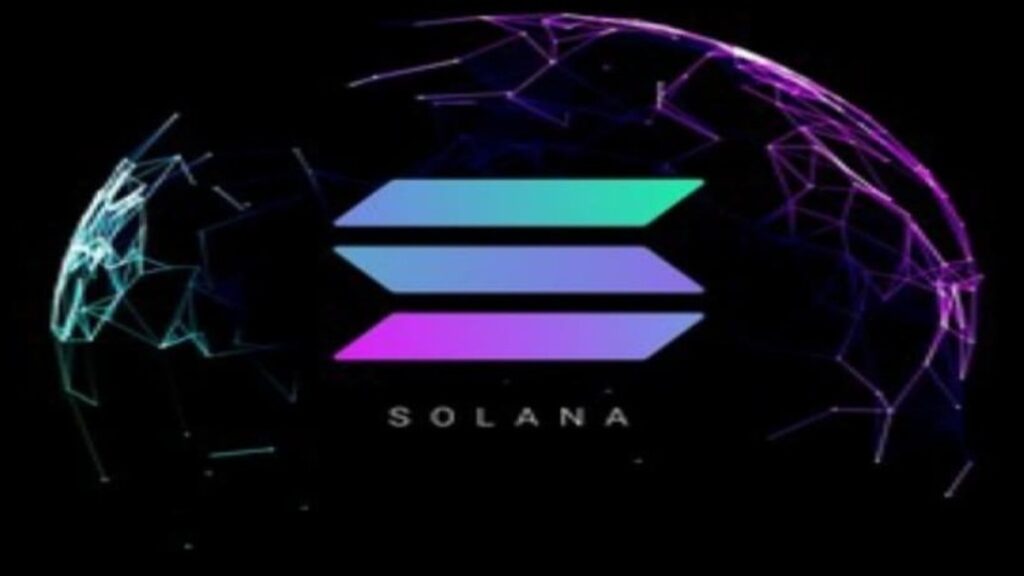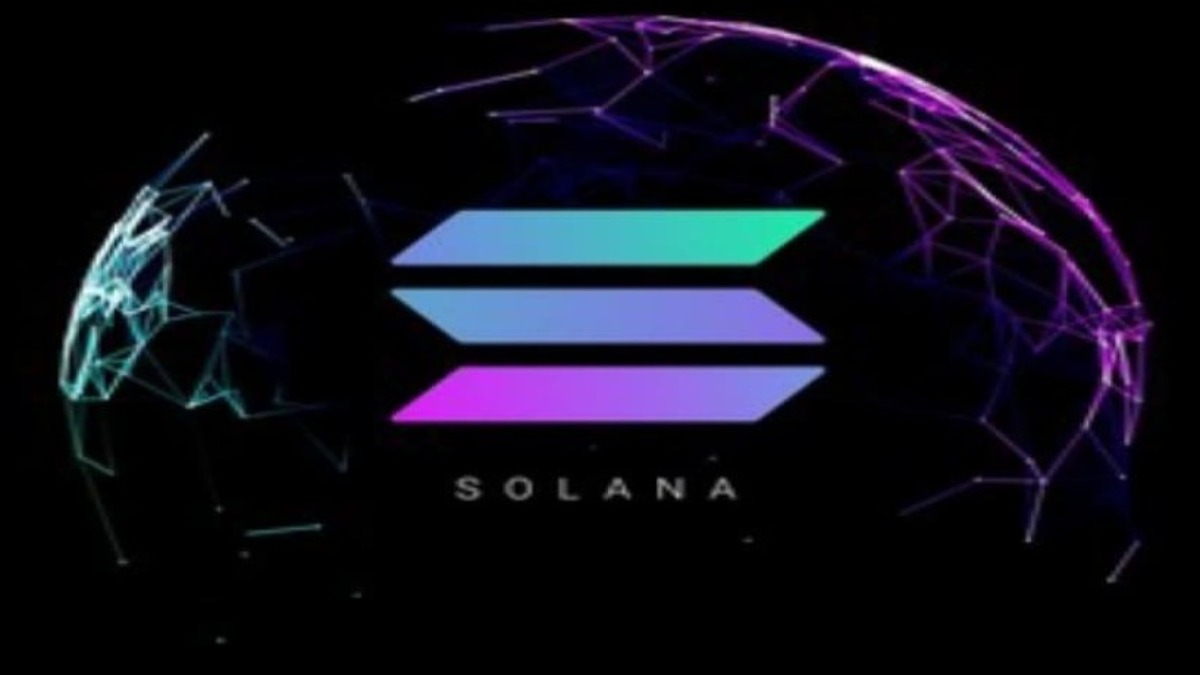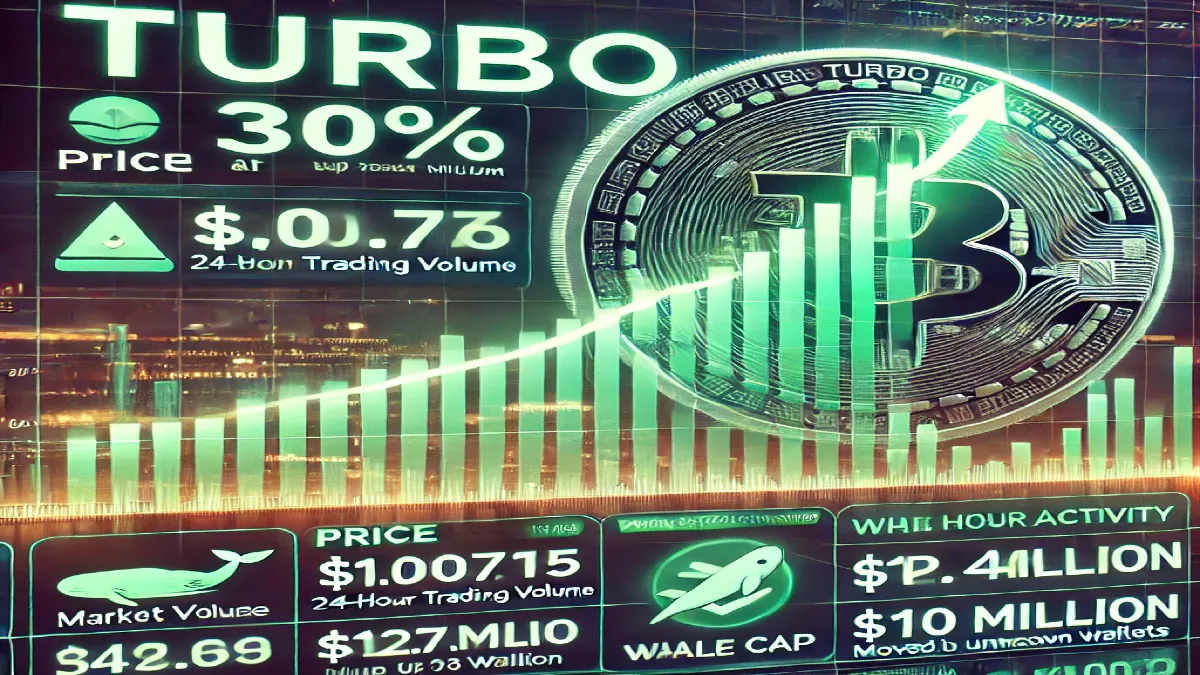Solana, known for its high-speed blockchain and low transaction costs, has been gaining traction in the cryptocurrency market. As investors and analysts speculate about its future, one question stands out: Can Solana reach $500 by 2025?
This article delves into expert insights, market trends, and potential challenges to provide a comprehensive outlook on Solana’s future.
Introduction to Solana
Solana has emerged as a leading blockchain platform since its launch in 2020. It is renowned for its scalability and ability to handle 65,000 transactions per second, making it a strong competitor in the cryptocurrency space.
Despite experiencing a downturn during the 2022 bear market, recent developments have reignited optimism for Solana. The launch of Solana Pay, a decentralized payment protocol, and partnerships with major brands like Shopify and Google Cloud are significant milestones. Additionally, there has been a surge in decentralized finance (DeFi) and non-fungible token (NFT) activity on the network.
Market Trends and Analysis
As of late 2023, Solana is trading at around $30, with a market capitalization of $12 billion. Experts predict that increased institutional adoption and ecosystem growth could drive SOL’s price upward. According to Jane Doe, a financial analyst at MarketWatch,
“Solana’s technological edge and growing ecosystem make it a strong contender in the blockchain space.” Historical data shows that Solana’s price movements have been volatile, but its unique value proposition positions it for potential growth.
Expert Insights
John Smith, a blockchain analyst at Crypto Insights, notes, “Solana’s ability to handle high transaction volumes gives it a competitive edge. If adoption continues at this pace, reaching $500 by 2025 is not out of reach.” This optimism is shared by many experts who see Solana’s technological advancements as key to its future success.
Technological Advancements
Solana’s upcoming upgrades, such as Firedancer, aim to enhance network stability and performance. This could further differentiate Solana from competitors like Ethereum, which faces scalability challenges.
The implementation of Firedancer is expected to improve validator efficiency, reducing the risk of network outages and enhancing overall network reliability.
Competitive Advantage
Solana’s transaction speed of 65,000 TPS and low cost of $0.00025 per transaction make it a strong competitor to Ethereum and Cardano. While Ethereum’s larger market cap and established ecosystem remain significant factors, Solana’s efficiency and cost-effectiveness are attractive for decentralized applications (dApps) requiring high throughput.
Ecosystem Growth and Adoption
The surge in DeFi and NFT activity on Solana is notable, with partnerships like Shopify and Google Cloud contributing to its growth. This expansion could attract more developers and users, potentially driving up demand for SOL. Solana’s ecosystem is becoming increasingly robust, with a variety of innovative projects leveraging its capabilities.
Institutional Adoption
Increased interest from institutional investors is another factor that could drive SOL’s price upward. As more institutions explore blockchain technology for its potential benefits, Solana’s scalability and low costs make it an appealing option.
Challenges and Risks
Despite its potential, Solana faces challenges such as network outages and regulatory risks. Addressing these issues will be crucial for long-term success.
The Solana Foundation is actively working on network upgrades to enhance stability and security, which are essential for maintaining investor confidence.
Regulatory Risks
The regulatory environment for cryptocurrencies is evolving rapidly. While Solana’s decentralized nature provides some protection, increasing scrutiny from regulators could impact growth. However, Solana’s focus on real-world use cases may help navigate these challenges by demonstrating tangible benefits.

Comparison with Other Cryptocurrencies
Solana’s transaction speed and low cost make it a strong competitor to Ethereum and Cardano. However, Ethereum’s larger market cap and established ecosystem remain significant factors. Here’s a comparison of key metrics:
| Cryptocurrency | Transaction Speed | Transaction Cost | Market Cap (2023) |
|---|---|---|---|
| Solana (SOL) | 65,000 TPS | $0.00025 | $12 billion |
| Ethereum (ETH) | 30 TPS | $10+ | $200 billion |
| Cardano (ADA) | 250 TPS | $0.20 | $10 billion |
Future Prospects and Roadmap
Solana’s roadmap includes expanding into emerging markets and focusing on real-world use cases. If successful, this could significantly boost adoption and potentially push SOL’s price toward $500 by 2025. The implementation of Firedancer in 2024 is expected to be a crucial step in enhancing network performance.
2025 Outlook
By 2025, Solana aims to have a more established presence in emerging markets and to have developed more practical applications for its technology. This strategic expansion could increase demand for SOL and drive its price upward.
Also Read : https://bitcoinnewspro.com/bitcoin-halving-in-2024-news/
Conclusion and Call to Action
Solana’s journey to $500 by 2025 is fraught with challenges but also brimming with potential. With its cutting-edge technology, growing ecosystem, and strong community support, SOL could become a major player in the cryptocurrency market.
Stay updated on Solana’s progress by following reputable sources and engaging in discussions with fellow enthusiasts. The future of blockchain is evolving rapidly, and Solana is at the forefront of this transformation.



